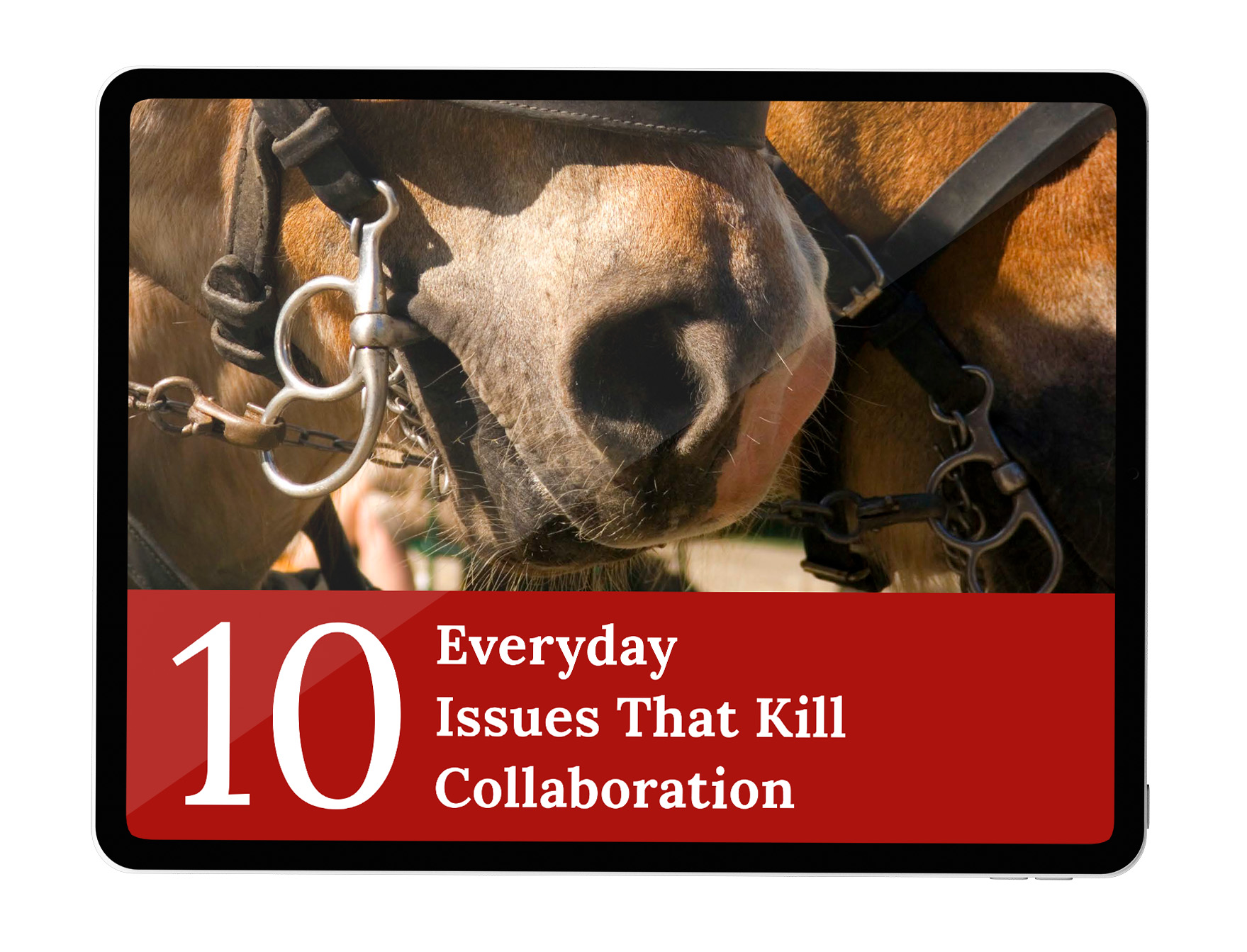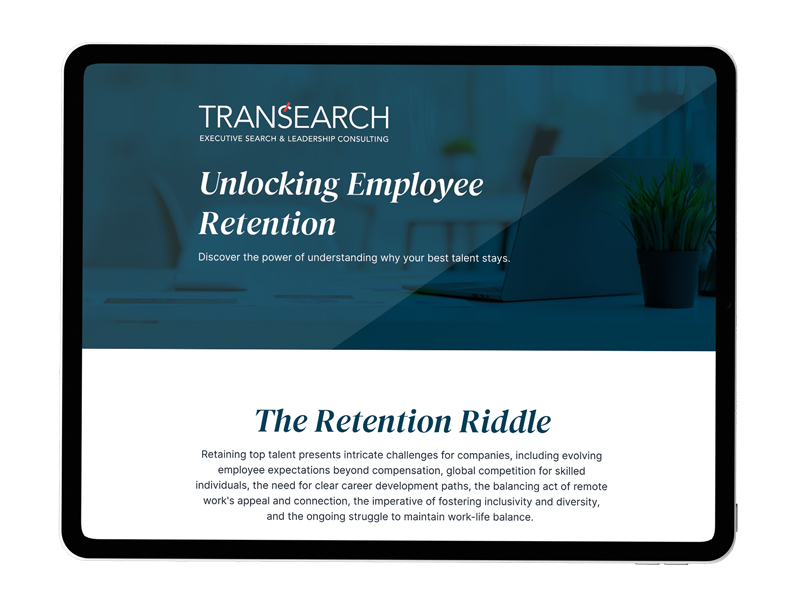Workplace burnout is a serious problem that can affect anyone, regardless of their job. It’s a form of physical, mental, or emotional stress that can often go unnoticed until it’s too late. Some common signs of workplace burnout include:
-
Unexplained absences from work
-
Showing up to work late/leaving early
-
Decrease in productivity
-
Apparent frustration
-
Decline in health
-
Isolation
Taking these symptoms seriously is essential because they can negatively impact your employees and your business bottom line. To prevent workplace burnout, creating a healthy work environment and encouraging open communication between employees and managers is important. Recognizing and addressing the signs of burnout early on can help prevent this serious issue from taking hold in your workplace.
Addressing Workplace Burnout
If you suspect burnout is affecting your team, knowing how to deal with it can be challenging. Temporary solutions like taking time off or implementing better time-management skills can help in the short term. However, addressing the root causes of burnout—such as workload, difficult workplace relationships, or a lack of autonomy—is essential for long-term success.
Treat burnout concerns seriously
It can be easy to dismiss an employee’s burnout concerns as being overwhelmed or lacking resilience. However, taking the time to address the situation through a one-on-one conversation will show that you take their concerns seriously and that you care. This approach strengthens the relationship and ensures your employee feels heard and valued.
Understand their experience of burnout
Determining whether an employee has temporary feelings of negativity or is truly burned out can be difficult. Asking the following questions can help you decipher their experience better:
1. Do you feel competent and effective in your job? How your employee answers can help you understand if they would benefit from extra support, training, or coaching to improve their feelings about their ability to perform.
2. Do you feel emotionally or physically exhausted in your job? This question addresses both mental and physical health symptoms your employee might be feeling.
3. Do you find yourself caring less than you used to? When employees who are normally engaged with work burn out, their feelings of connectedness may suffer as they experience a loss of meaning in what used to be purposeful work for them.
Identify the root causes of their burnout
To create impactful, long-term solutions, you must identify the root causes of workplace burnout. Identify your team’s biggest stressors; remember they might stem from issues at home or workplace demands.
Implement short- and long-term solutions
Implementing long-term solutions might take time, so offering short-term accommodations—including extra support for a project, renegotiating an unrealistic deadline, or time off—can be helpful in the interim. More substantive solutions might include giving employees more flexibility in how they work, shifting whom they work with, or reconfiguring their job responsibilities.
Conduct regular check-ins
Solving burnout won’t happen overnight, so be sure to create a plan that can be sustained over time. Work with your team to establish what well-being and engagement look like for them in the long term, and plan regular check-ins to monitor progress.
Transforming Your Workplace
Incessant absenteeism, diminished productivity, and a general sense of frustration and isolation among your team members are all warning signs of burnout. These red flags are not just signals of individual strain; they can erode your organization’s foundation by impacting health, morale, and, ultimately, your bottom line.
By treating your team’s concerns with the gravity they deserve, engaging in sincere one-on-one discussions, and genuinely striving to understand each person’s unique situation, you can forge stronger bonds and cultivate a culture where employees feel respected and valued. Remember, recovery from burnout requires consistent care and attention through regular check-ins and inclusive dialogue about team well-being.
If you are dealing with these challenges and looking for more strategies to address workplace burnout, contact us for a helping hand and more tailored solutions: https://transearchusa.com/contact/





































































